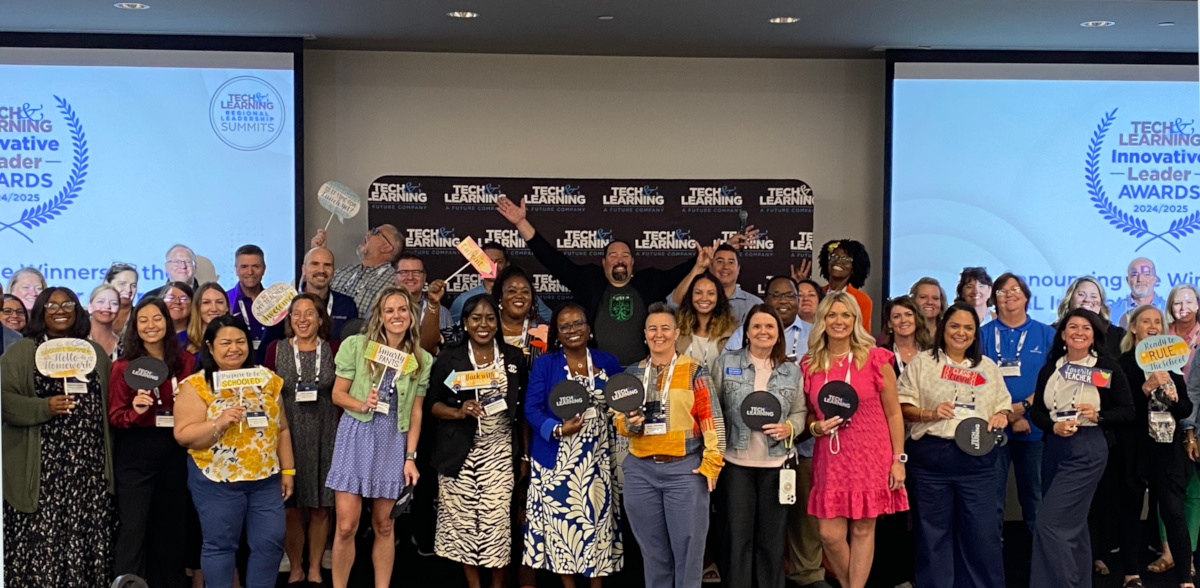K-12 educators’ views on e-books

A new research report surveys teachers and librarians to find out how they are using e-books, personally and in the classroom, and to identify purchasing, usage, attitudes, and trends. T he survey, conducted by educational consulting firm Egremont Associates, shows that school librarians are leading the way in bringing e-books into our nation’s schools, in large part because they have funding available to support their e-book purchases. Here are some of the differences between teachers and librarians in their responses to our survey:
More than 92% of librarians say that at least some of their e-book purchases are funded by their school. Only 30% of teachers say the same thing.
46% of teachers reported never having either bought e-books or obtained them free. Only 29% of librarians report no e-book acquisitions at all.
e-book-buying librarians have bought an average of 17.9 e-books for professional development purposes in the past year, compared to teachers’ average of 3.6 e-books purchased for the same reason.
Almost half of teachers (46%) report using a search engine such as Google to find eBooks. That number is only 15% for librarians, who are more likely to shop at educational e-stores or use other professional resources that are available to them.
e-book-buying librarians are somewhat less satisfied with the experience than teachers who bought them. Some 65% of librarians report being extremely or very satisfied versus 78% of teachers.
Among educators who have never bought e-books, 21% of librarians say they are extremely or very likely to do so in the next six months, while only 9% of teachers say they are extremely or very likely to.
Tools and ideas to transform education. Sign up below.
